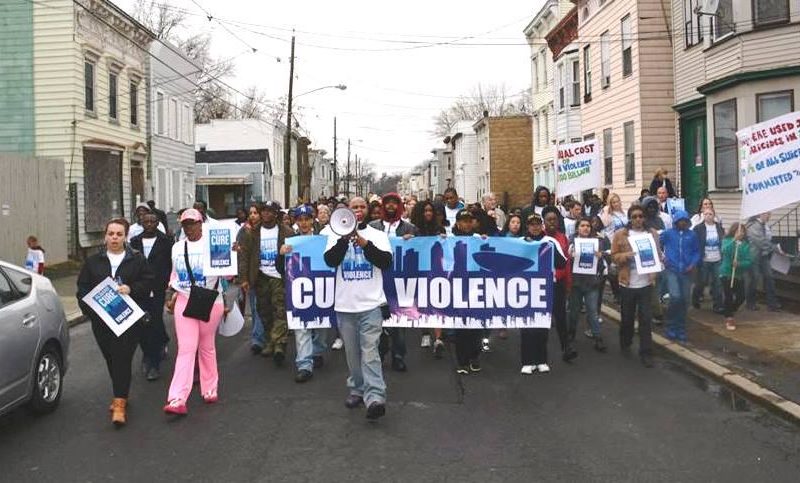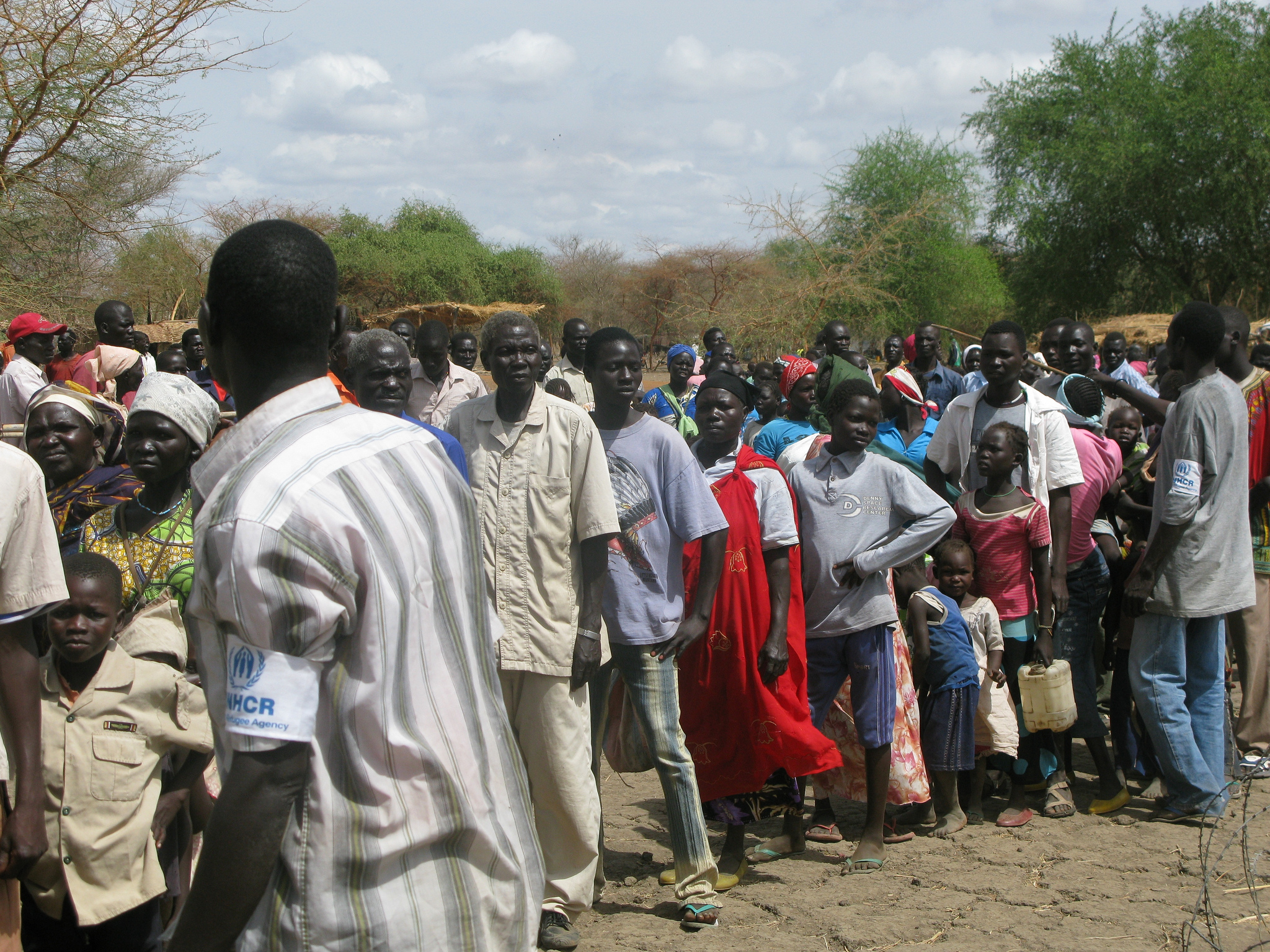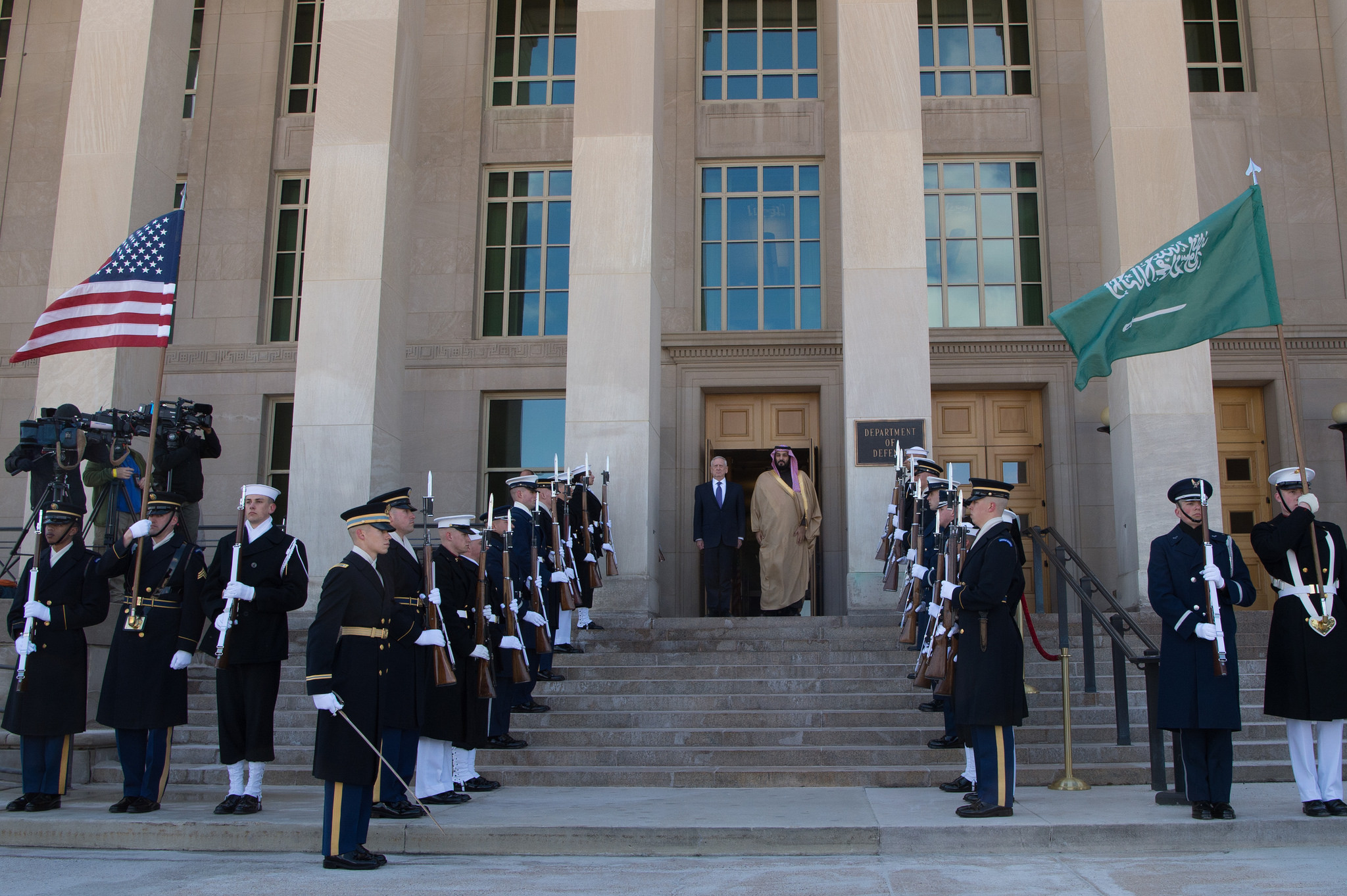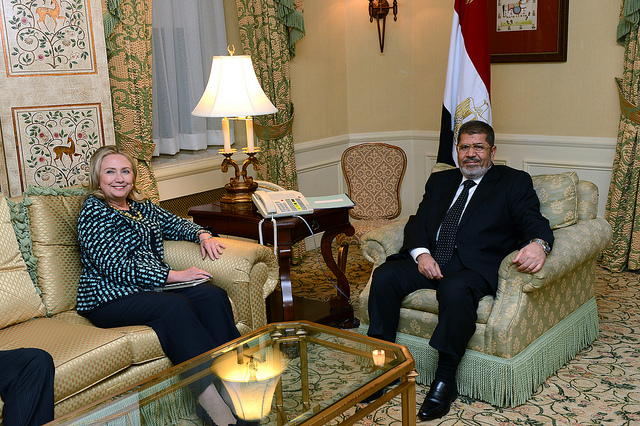Guest post by Séverine Autesserre
Violence is rising in the United States. Last year, homicides and shootings surged in multiple cities across the country. On March 16, eight people were murdered in attacks on Atlanta spas. And last week, a gunman killed ten people in a Colorado grocery store.
We might hope that our new administration and elected representatives will take care of these issues—after all, it’s their job. But my 20 years researching conflict zones around the world have taught me one thing: elites can’t do all the work necessary to heal our communities. Every one of us needs to help—and we can.
Here are three things US residents can learn from inhabitants of war-torn places that can help them to combat extremism and violence around them. As I describe in my new book, The Frontlines of Peace, three kinds of actions have proven essential in building pockets of peace even in the most divided environments.
First, we can develop informal relationships with our opponents, whether they be political, religious, or cultural adversaries. It is by listening, talking, and bonding over shared interests that everyday residents have managed to keep violence at bay in parts of Congo, Israel, and Northern Ireland. This is also how, in the United States, the jazz musician Daryl Davis and the former gang leader Christian Picciolini have convinced hundreds of militants to renounce white extremist groups. Sports clubs, religious groups, arts associations, or trade unions: These are all good places to start building common ground.
Second, we can use features of our own local cultures to help smooth out tensions. For instance, the inhabitants of Chéran (Mexico) used to face extortion, murders, and kidnappings on a daily basis. So, they built on indigenous laws, customs, and norms to keep both the cartels and the state police at bay, and the rate of homicides and serious crimes in their town dropped to zero.
Closer to home, in the south side of Chicago (Illinois), a group of women fed up with seeing so much bloodshed around them decided to hang out on street corners—they brought folding chairs and sat on them for hours on end. And because nobody wants to kill someone in front of their own mothers, the number of shootings in their community has decreased.
Third, we can support grassroots, bottom-up peacebuilding associations, with whatever time, money, and efforts we can spare. In the Congolese island of Idjwi, for example, when there is a dispute that individuals or families cannot resolve by themselves, the inhabitants reach out to religious networks, traditional institutions, youth groups, elders’ groups, and women’s groups. By sparing residents the need to call the police or the army, or to resort to violence (as people so often do in other parts of Congo), these local organizations have helped build a haven of peace in the midst of one of the deadliest conflicts since World War II.
Grassroots associations have proven just as effective in the United States. For example, the Live Free network has helped to reduce homicides by 30 to 60 percent in cities like Boston (Massachusetts), Cincinnati (Ohio), and Oakland (California). Another organization, Cure Violence, has helped to reduce shootings and killings by up to 73 percent in more than 20 US cities.
Admittedly, our new administration and Congress also have important roles to play. Indeed, real peace lasts only when it is built both from the top down and the bottom up. To address gun violence, for instance, Cure Violence and Live Free have expanded their work beyond the grassroots. They have joined a range of other organizations to fight for policy reforms at the city, state, and federal levels, requesting measures such as universal background checks, permit-to-purchase laws, minimum age restrictions, and the prohibition of large-capacity magazines. Towns in California, where we have documented evidence of the impact of these top-down and bottom-up strategies, have experienced a dramatic drop in gun violence.
Americans need their government and representatives to pass new laws and finally address the issues that divide their country. But, regardless of what elected representatives manage to accomplish, there is much that you and I can do on a daily basis to improve the safety of the communities around us.
Séverine Autesserre is a Professor of Political Science at Barnard College, Columbia University, and is the author of The Frontlines of Peace: An Insider’s Guide to Changing the World.








1 comment
How can you write a piece addressing “escalating” violence in the United States and not address the issue of state violence against Black people? How can you write about countering violence in impoverished communities and not address the unjust economic structures that produce intracommunal violence? How can you, a white woman, claim that “every one of us” needs to help address violence and then give examples that almost completely ignore white people’s obligation to fight violence? How do you write as if white supremacy will be defeated by finding “common ground” in “sports clubs, religious groups, arts associations, or trade unions”? Indeed, how do you write about violence in the U.S. as if it were some random accident and not the product of centuries of white supremacy? An analysis of violence in the U.S. that does not confront explicitly white supremacy is tacitly white supremacist.